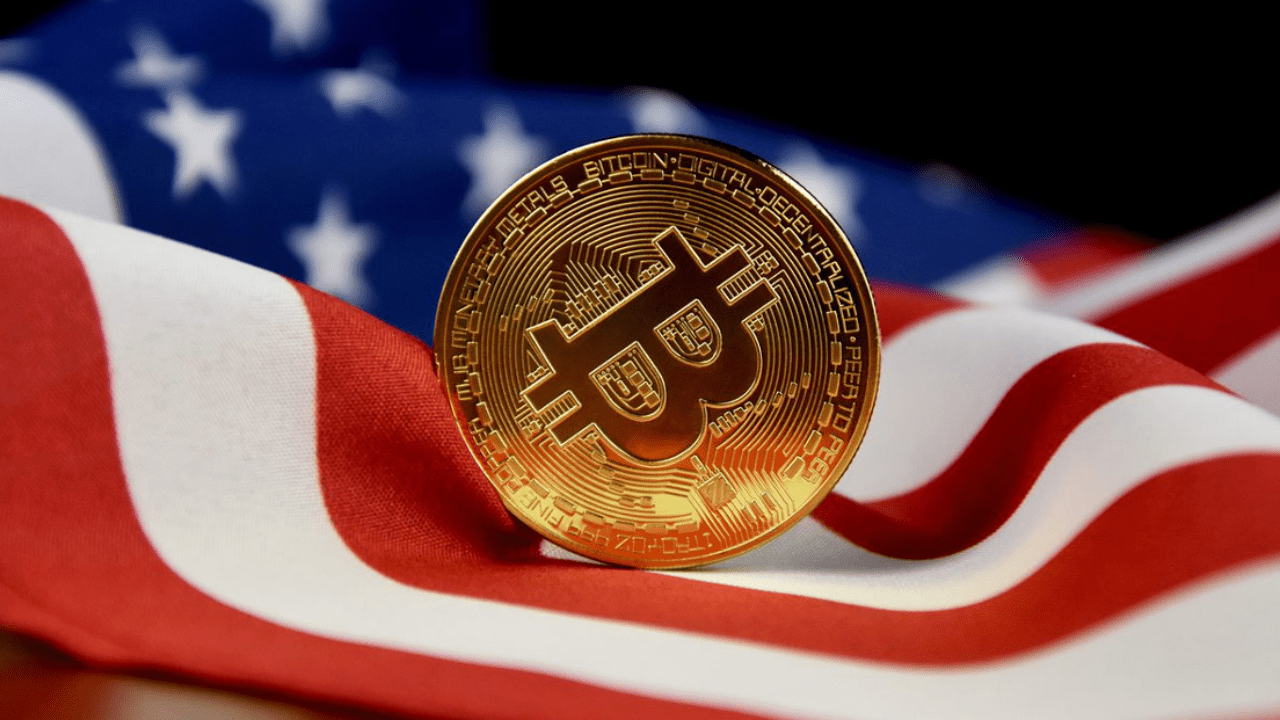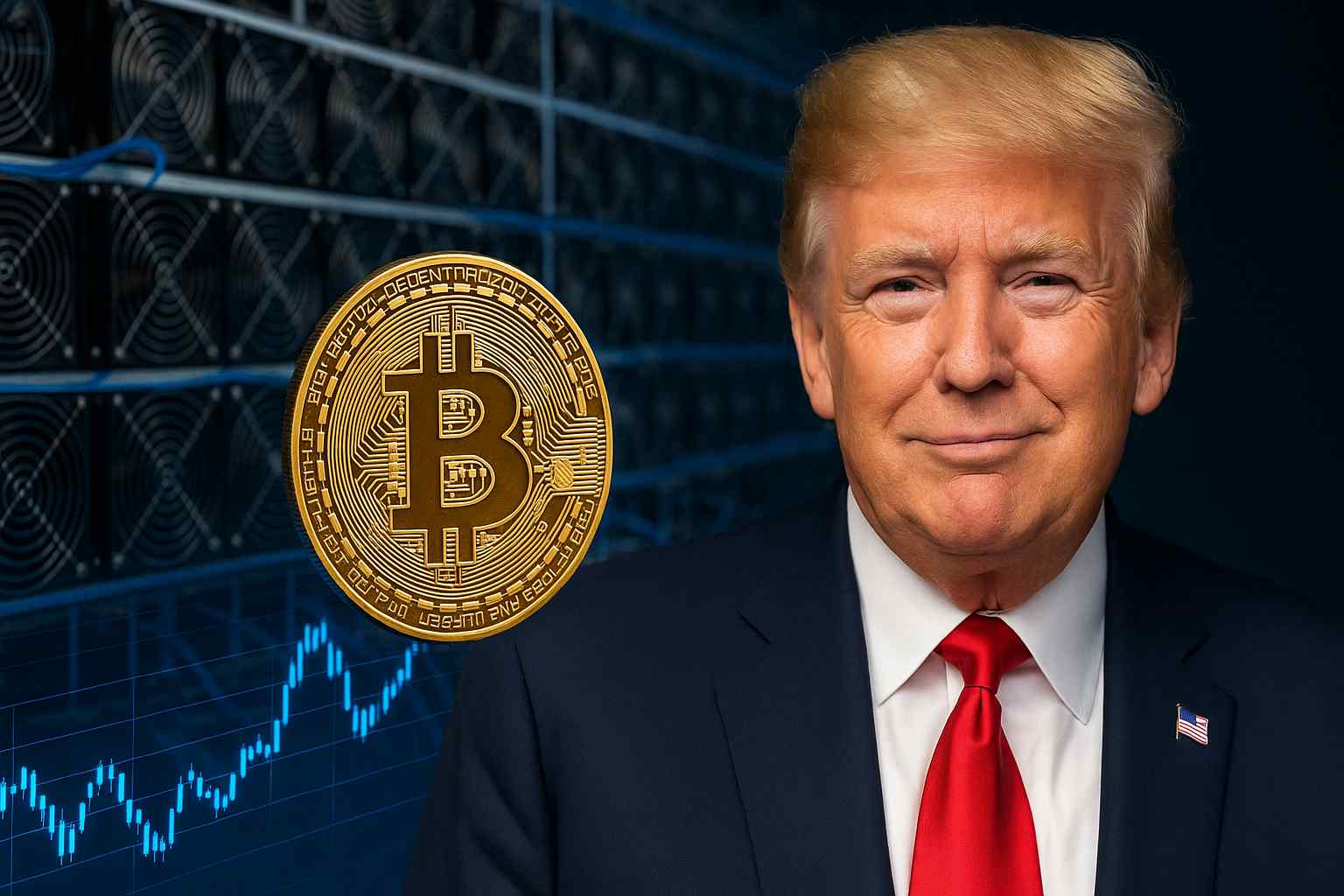Trump-Backed American Bitcoin Expands Holdings to 4,004 BTC Worth $415M
The company’s dual strategy of Bitcoin mining and at-market purchases drove a 2% rise in its share price.

American Bitcoin (ABTC), the Nasdaq-listed Bitcoin treasury and mining firm backed by Eric Trump and Donald Trump Jr., has grown its Bitcoin holdings to 4,004 BTC (valued at roughly $415 million).
Between October 24 and November 5, the company added 139 Bitcoins, worth over $14 million at current prices.
American Bitcoin Becomes 25th Largest BTC Holder

The expansion cements American Bitcoin’s position as the 25th largest Bitcoin-holding company, based on data from bitcointreasuries.net.
“We continue to expand our Bitcoin holdings rapidly and cost-effectively through a dual strategy that integrates scaled Bitcoin mining operations with disciplined at-market purchases,” said Eric Trump, co-founder and Chief Strategy Officer of the firm.
American Bitcoin’s shares traded nearly 2% higher on Friday afternoon in New York after a volatile session that saw early declines.
The company went public in September following a series of mergers that consolidated its operations into one of the more high-profile corporate plays in the digital asset space.
The firm emerged earlier this year from a merger between the Trump brothers’ private business entity and Hut 8, a Canada-based Bitcoin miner, followed by a stock-for-stock merger with Gryphon Digital Mining, which was already publicly traded.
At press time, Bitcoin (BTC) was trading near $103,369, up about 3% in 24 hours amid a mild rebound across broader crypto markets.
However, Bitcoin remains roughly 18% below its all-time high of $126,000 reached in early October.
American Bitcoin’s approach mirrors that of Strategy (formerly MicroStrategy), the Nasdaq-listed software firm that pivoted into Bitcoin accumulation in 2020.
Strategy now holds over 641,000 BTC (worth around $66 billion), making it the world’s largest corporate Bitcoin holder.
Like other miners, American Bitcoin faces an increasingly tough environment. Following the 2024 Bitcoin halving, block rewards dropped from 6.25 to 3.125 BTC, tightening margins across the industry.
In response, some miners have turned to AI-focused computing as a secondary revenue source.
Trump Family’s Crypto Ventures Net $1B in Pre-Tax Gains

The Trump family has reportedly generated around $1 billion in pre-tax gains over the past year through a wide network of cryptocurrency ventures, according to an investigation by the Financial Times.
Their portfolio spans memecoins, stablecoins, DeFi projects, and digital collectibles, including the TRUMP and MELANIA tokens, which together brought in roughly $427 million, and the WLFI token, which added another $550 million.
The family’s USD1 stablecoin, backed one-to-one by U.S. Treasuries, has attracted $2.71 billion in reserves and fees, further cementing their growing footprint in the digital asset sector.
The investigation also detailed how global investors have poured billions into what some are calling the Trump crypto empire.
Chinese entrepreneur Justin Sun reportedly invested $75 million in WLFI, while Abu Dhabi’s MGX fund provided $2 billion to Binance using the USD1 stablecoin.
Meanwhile, Trump Media & Technology Group (TMTG), once operating at a loss, has reemerged as a $3 billion cash generator, largely fueled by new token and wallet offerings, over half of which are owned by Donald Trump himself.

